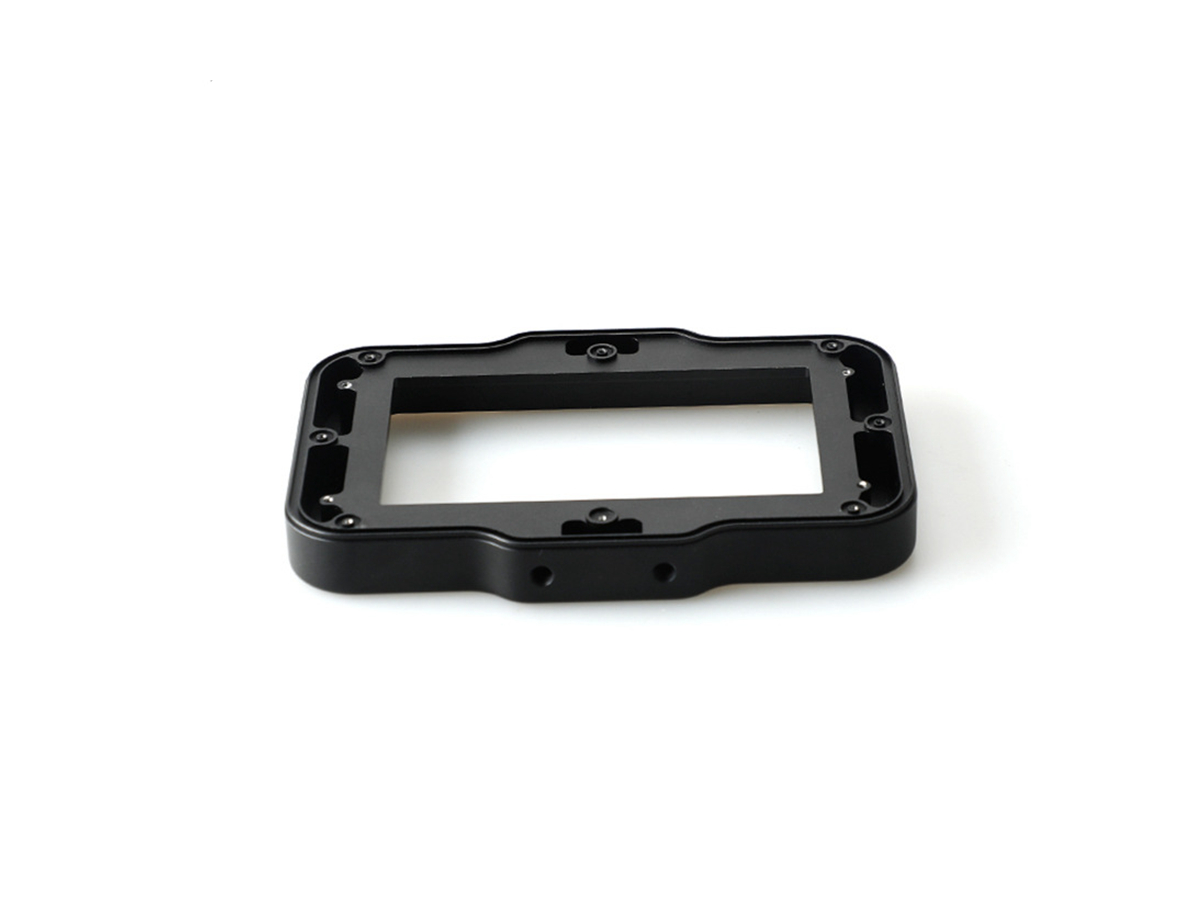Superalloy Machining for Power Generation: A Case Study in Extreme Conditions
Defying Extreme Environments in Power Generation
Modern power plants demand materials capable of withstanding temperatures exceeding 1,000°C, corrosive flue gases, and decades of cyclic loading. Superalloys like Inconel 718 and Hastelloy X now constitute 70% of advanced turbine components, enabling 30% efficiency gains in combined-cycle plants. Through precision CNC machining services, manufacturers achieve ±0.005mm tolerances in mission-critical parts like turbine blades and heat exchanger plates.
The transition to hydrogen-ready gas turbines and next-gen nuclear reactors has intensified demands for superalloy components. Advanced multi-axis CNC machining produces cooling channels capable of surviving 1,200°C metal temperatures while maintaining ASME BPVC Section III atomic compliance.
Material Selection: Superalloys for Power Systems
Material | Key Metrics | Power Generation Applications | Limitations |
|---|---|---|---|
1,300 MPa UTS, 650°C creep resistance | Gas turbine disks, blade retainers | Requires slow-speed machining (<30 m/min) | |
760 MPa UTS, 22% Cr content | Combustor liners, exhaust systems | Susceptible to sigma phase embrittlement | |
1,450 MPa UTS, 980°C operating limit | Nuclear reactor core components | Post-weld heat treatment required | |
14% W content, 1,100°C stability | Fuel cell interconnects | High tool wear rates |
Material Selection Protocol
Gas Turbine Hot Section
Technical Basis: Inconel 718 (AMS 5662) withstands 50,000+ thermal cycles at 700°C. Post-machining laser peening induces 400 MPa compressive stresses, tripling fatigue life.
Validation: Complies with API 617 axial compressor standards for 100,000-hour service.
Hydrogen Combustion Systems
Scientific Rationale: Haynes 230 resists hydrogen embrittlement at 65 MPa H₂ pressure. EDM drilling creates 0.3mm cooling holes with ±0.01mm positional accuracy.
Nuclear Fuel Handling
Strategy: René 41 (AMS 5545) maintains <0.5% swelling under neutron irradiation, machined with ceramic tooling to prevent contamination.
CNC Machining Process Optimization
Process | Technical Specifications | Power Industry Applications | Advantages |
|---|---|---|---|
0.003mm surface profile, 10,000 RPM | Turbine blade airfoils | Maintains 0.1mm wall thickness | |
6mm radial engagement, 0.08mm/tooth | Heat exchanger fin cutting | Reduces tool wear by 70% | |
2kW diode laser, 800°C pre-heat | Superalloy shaft machining | Lowers cutting forces by 50% | |
0.25mm kerf, Ra 0.8μm | Fuel nozzle cross-drilling | Achieves 90° internal angles |
Process Strategy for Turbine Blade Manufacturing
Rough Machining
Tooling: SiAlON ceramic inserts remove 80% material at 60 m/min from Inconel 718 forgings.
Heat Treatment
Protocol: 720°C/8h aging achieves γ" precipitation hardening (ASTM B637).
Finish Machining
Technology: CBN-tipped tools produce Ra 0.4μm surfaces on cooling channels.
Surface Protection
Coating: Plasma-sprayed YSZ (300μm) reduces substrate temperature by 150°C.
Surface Engineering: Extreme Environment Protection
Treatment | Technical Parameters | Power Industry Benefits | Standards |
|---|---|---|---|
100μm FeAl layer, 1,000°C oxidation | Turbine blade oxidation barrier | AMS 4765 | |
1,200 HV, 8% porosity | Erosion protection for compressor blades | ASTM C633 | |
Ra 0.1μm, 50μm removal | Reduces crack initiation sites | ASTM B912 | |
HF/HNO₃ 1:3, 20μm depth | Removes recast layer from EDM | ISO 14916 |
Coating Selection Logic
Coal-Fired Boiler Components
Solution: High-velocity arc-sprayed FeCrAl withstands 800°C fly ash erosion for 10+ years.
Nuclear Steam Generators
Technology: Laser-clad Inconel 625 repairs cracked tubing with 95% bond strength of base metal.
Quality Control: Power Industry Validation
Stage | Critical Parameters | Methodology | Equipment | Standards |
|---|---|---|---|---|
Chemical Analysis | Ni: 50-55%, Cr: 17-21% | Glow discharge spectrometry | SPECTROLAB GDS850 | ASTM E1479 |
Ultrasonic Testing | Detect ≥0.5mm flaws | Phased array (64 elements) | Olympus Omniscan MX2 | ASME Section V |
Creep Testing | 1% strain @ 700°C/200MPa/10,000h | Constant load frames | Zwick/Roell Amsler HB 250 | ASTM E139 |
Residual Stress | <100 MPa tensile at surface | X-ray diffraction | Proto LXRD | SAE J784a |
Certifications:
ASME NQA-1 for nuclear component machining.
ISO 19443 for power industry-specific quality systems.
Industry Applications
Gas Turbine Blades: Inconel 718 with 5-axis milled film cooling holes (0.3mm diameter).
Nuclear Fuel Rod Grids: Haynes 230 laser-cut with ±0.02mm slot width consistency.
Hydrogen Compressors: Hastelloy X rotors achieved a 0.005mm balance at 15,000 RPM.
Conclusion
Advanced superalloy machining services enable power plants to achieve 25% longer component lifespans under extreme conditions. Integrated one-stop solutions reduce lead times by 35% while maintaining ASME Section III compliance.
FAQ
Why is Inconel 718 preferred over titanium in turbines?
How does laser peening improve superalloy fatigue life?
What certifications are critical for nuclear components?
Can superalloys withstand hydrogen embrittlement?
How to control residual stress in machined parts?

